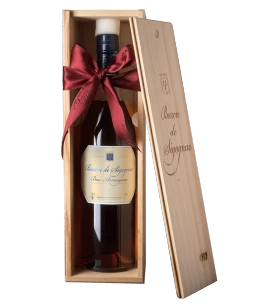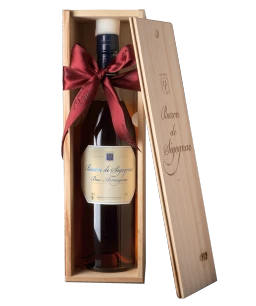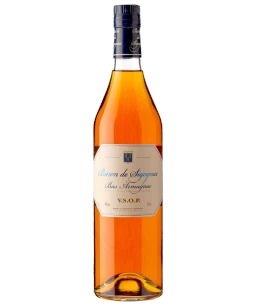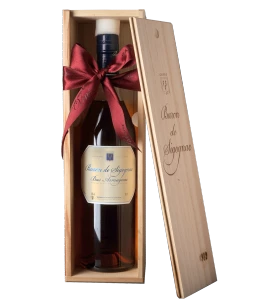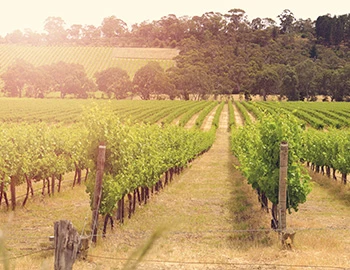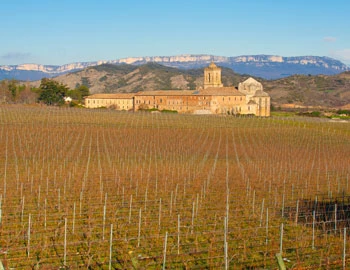Armagnac
Armagnac: high-percentage, high-standing, authentic
Gascony, in southwestern France, has retained its authentic rural charm to this day. Very similar traits are attributed to the brandy originating from here, Armagnac. While young Armagnac can taste lively and fiery, old, decades-aged selections reveal enormous finesse with unique character. Vintage bottlings are particularly exclusive – and accordingly expensive.
Spirits from Armagnac
Armagnac often stands in the shadow of Cognac, which maintains its noble image worldwide with far greater advertising expenditure. Objectively, however, Armagnac is an equally noble spirit with a far richer history. While the first Cognacs were produced in the 17th century, Armagnac historians can point to a document from 1461 approving the commissioning of an Armagnac distillery in the Départment of Landes. In earlier times, Armagnac was used for medicinal purposes, such as for pain relief, or as a disinfectant.
Rustic base wines
The foundation for Armagnac production rests in base wines from varieties such as Ugni Blanc (called Trebbiano in Italy), Colombard, Folle Blanche, Baco Blanc, and a range of other varieties long-established in Gascony. Its production must be carried out traditionally, and as naturally as possible; addition of sugar (chaptalization) is prohibited, along with sulfurization or decanting. The result is rustic, country wines accented with acidity, which are rather enjoyed by locals with regional cuisine. In addition, only three cultivation areas are approved for the production of Armagnac base wines: Bas-Armagnac, which yields the highest-quality growths, Haut-Armagnac and Ténarèze.
Exclusive Millésimes
In contrast to Cognac, Armagnac is distilled in a burning process. Afterwards, the young brandy ages in barrels made from Gascogne Holm oak, whose wood is stored for six years before use. Freshly distilled Armagnacs are generally first matured in new barrels. Only when the distillate develops the desired color and aroma is it moved to used barrels. Armagnacs enter the market with various designations: “VSOP” for a four-year, “XO” for a six-year and “Hors d'Age” for a minimum of a ten-year barrel maturation period. “Millésimes” are considered particularly exclusive. Vintage Armagnacs from the 19th century are still commercially available.

Region

Marlborough
Marlborough - synonymous with world-famous Sauvignon Blancs! New Zealand's largest wine-growing region (over 20,000 hectares) is located in the very north of the South Island, in the centre of New Zealand.

